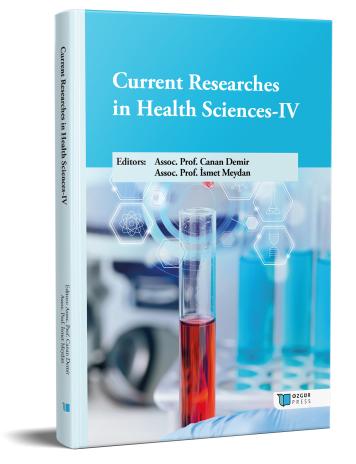
Mechanism of HIV-1 Reverse Transcriptase Inhibitors
Şu kitabın bölümü:
Demir,
C.
&
Meydan,
İ.
(eds.)
2023.
Current Researches in Health Sciences-IV.
Özet
The HIV life cycle involves a series of intricate steps: viral entry, reverse transcription, integration into the host genome, transcription and translation, assembly, budding, maturation, and release. The reverse transcriptase (RT) enzyme, a pivotal player in this cycle, facilitates the conversion of viral RNA into double-stranded DNA during reverse transcription. Comprising polymerase and RNase H domains, RT's structure is crucial for its multifunctional role. The polymerase domain synthesizes a complementary DNA strand, while the RNase H domain degrades the RNA template. This enzymatic process results in the formation of a provirus integrated into the host cell's genome. Inhibitors targeting RT, classified into non-nucleoside reverse transcriptase inhibitors (NNRTIs) and nucleoside reverse transcriptase inhibitors (NRTIs), disrupt this critical step in the HIV life cycle. NNRTIs act allosterically to inhibit RT's activity, while NRTIs function as chain terminators during DNA synthesis, collectively impeding the virus's replication and offering crucial therapeutic interventions in managing HIV infections. Our book chapter covers the fundamental life cycle of HIV, the working mechanism of the RT enzyme, and the effects of inhibitors on this mechanism. The enzyme structure has been visualized using the UCSF Chimera program.

